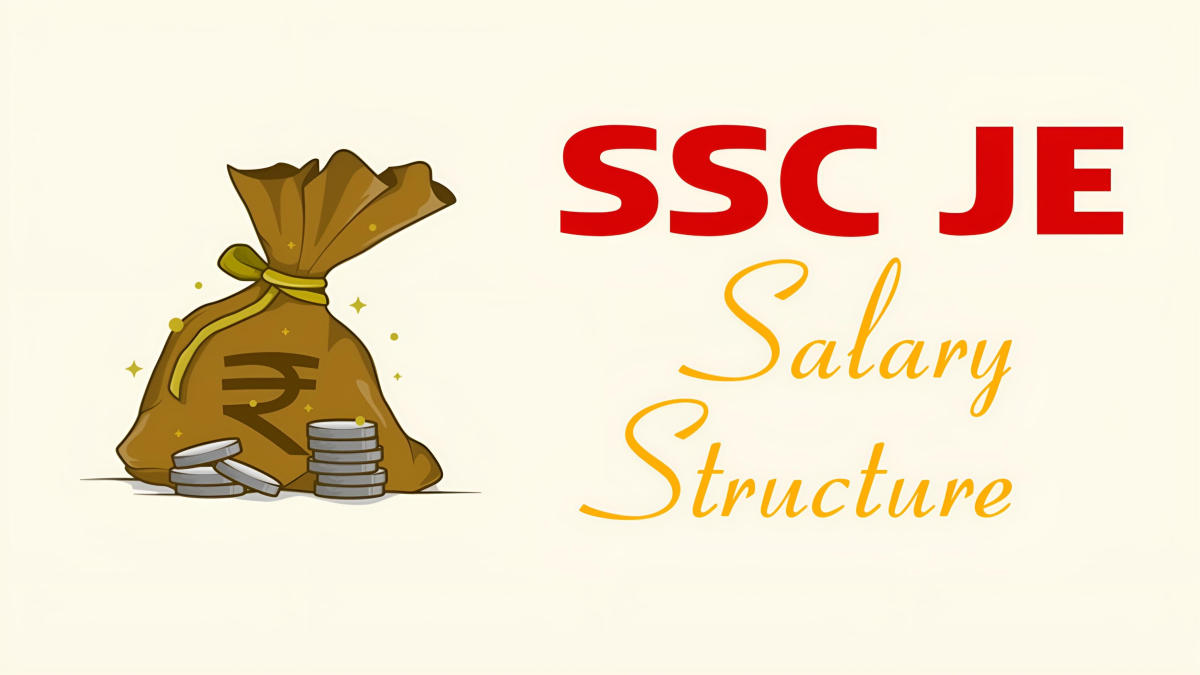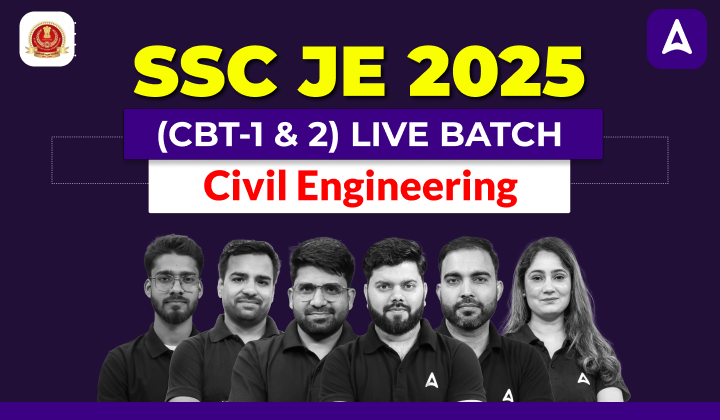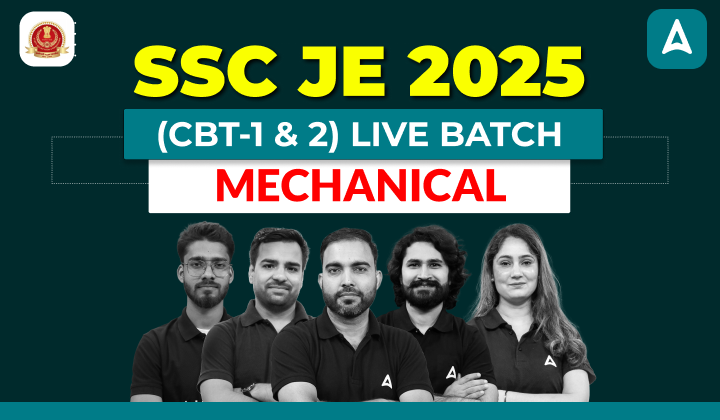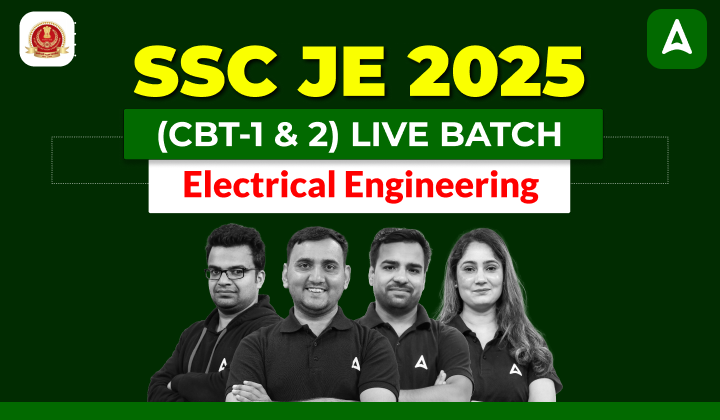The SSC Junior Engineer post offers excellent career growth opportunities in both technical and administrative streams. After selection, candidates are appointed as Junior Engineers in their respective departments, but this is just the beginning of a rewarding career in government service.
- Here’s how the career progression typically looks:
- Junior Engineer (JE) – Entry-level post after clearing the SSC JE exam. Initially assigned to fieldwork, supervision, and technical tasks.
- Assistant Engineer (AE) – After a few years of service and departmental exams (or promotions based on seniority), JEs are eligible to be promoted to AE posts. This role involves higher responsibilities in planning, managing teams, and overseeing larger projects.
- Executive Engineer (EE) – With continued experience and strong performance, one can rise to the position of Executive Engineer, where administrative duties and project leadership become more prominent.
- Superintending Engineer & Beyond – For dedicated professionals, promotions can go even higher up the hierarchy, depending on the department and internal policies.
Why SSC JE is an Appealing Career?
SSC JE is one of the most sought-after engineering jobs in the government sector — and for good reason. It offers a balanced mix of professional growth, job security, and public service, making it an attractive option for engineering graduates across the country.
Here’s why the SSC JE career stands out:
- Government Job Security: One of the biggest attractions is the permanent nature of the job, offering long-term stability and protection against private-sector uncertainties.
- Attractive Salary & Perks: With a decent pay scale under the 7th Pay Commission, SSC JEs enjoy various allowances like HRA, TA, medical benefits, and pension schemes.
- Growth Opportunities: SSC JE provides a clear promotion path through departmental exams and seniority, giving engineers the chance to climb to higher posts like AE, EE, and beyond.
- Work-Life Balance: Compared to private-sector jobs, SSC JE roles often come with fixed working hours and decent leave policies, allowing a better work-life balance.
- Nation-Building Role: As a JE, you play a direct role in developing infrastructure, managing public projects, and improving civic amenities, which brings a sense of pride and contribution to national growth.
SSC Post-wise Salary
The Staff Selection Commission (SSC) conducts various exams for engineering posts in different government departments. These posts are very popular among candidates because they offer a good salary, job security, and several other benefits. The salary depends on the post, experience, and department where the engineer is posted. Let us understand the salary structure of different engineering posts under the Staff Selection Commission.
Junior Engineer (JE)
The first level in the SSC engineering post is Junior Engineer (JE). It is a Group ‘B’ non-gazetted post. The basic pay of a Junior Engineer is Rs. 35,400 per month as per the 7th Pay Commission under Pay Level 6. Along with the basic pay, JEs also receive Dearness Allowance (DA), House Rent Allowance (HRA), Transport Allowance, and other benefits. After including all allowances, the in-hand salary of a JE becomes around Rs. 45,000 to Rs. 50,000 per month, depending on the posting location.
Assistant Engineer (AE)
After gaining some years of experience, a JE can be promoted to the post of Assistant Engineer (AE). The AE is also a Group ‘B’ post, but in some departments, it may be a gazetted post. The basic pay of an AE is around Rs. 44,900 per month under Pay Level 7. Including all the allowances, the in-hand salary can go up to Rs. 55,000 to Rs. 60,000 per month. The AE has more responsibilities than a JE and is involved in planning and managing small projects.
Assistant Executive Engineer (AEE)
Next in line is the Assistant Executive Engineer (AEE). This post is higher than AE and may come under Pay Level 8 or 9, depending on the department. The basic salary of an AEE is approximately Rs. 56,100 to Rs. 67,700 per month. Including allowances, the total in-hand salary becomes around Rs. 75,000 to Rs. 85,000. AEE handles large projects and supervises the work of JEs and AEs.
Executive Engineer (EE)
Then comes the post of Executive Engineer (EE). This is a Group ‘A’ gazetted officer post. EEs draw a basic salary of Rs. 67,700 or more as per Pay Level 11. After including DA, HRA, and other allowances, their salary becomes Rs. 90,000 to Rs. 1,00,000 per month. EEs are responsible for major project work and take important technical decisions.
Superintending Engineer (SE)
After years of service and experience, an EE can be promoted to Superintending Engineer (SE). The SE is a senior-level Group ‘A’ officer. Their basic salary is in the range of Rs. 78,800 to Rs. 1,18,500, depending on the Pay Level. The total monthly in-hand salary can be Rs. 1,20,000 or more. SEs manage large departments and oversee the work of EEs and AEEs.
Chief Engineer
The highest post in the engineering line is Chief Engineer. This post is at the top level of the engineering hierarchy. The basic pay of a Chief Engineer is Rs. 1,44,200 or more under Pay Level 14. With all benefits, their salary goes beyond Rs. 2,00,000 per month. Chief Engineers lead large projects, manage engineering teams, and make high-level decisions.





 RSMSSB Informatics Assistant Salary 2025...
RSMSSB Informatics Assistant Salary 2025...
 BHEL Artisan Salary 2025. In-Hand Salary...
BHEL Artisan Salary 2025. In-Hand Salary...
 HPCL Salary 2025, Job Profile, Perks and...
HPCL Salary 2025, Job Profile, Perks and...



